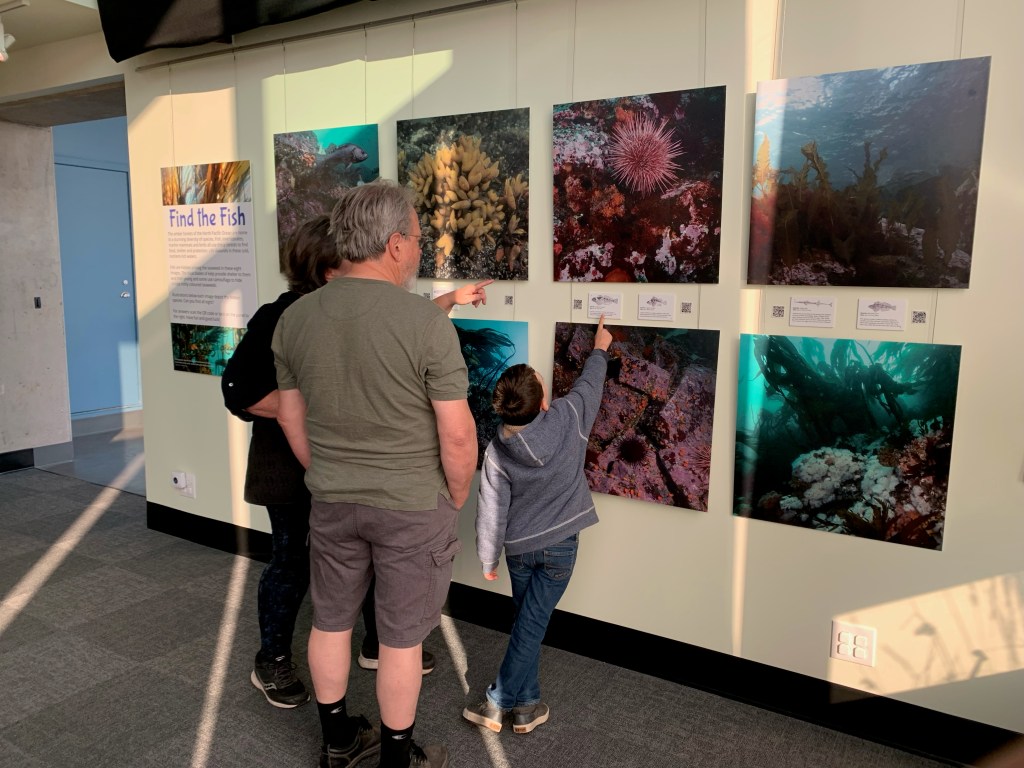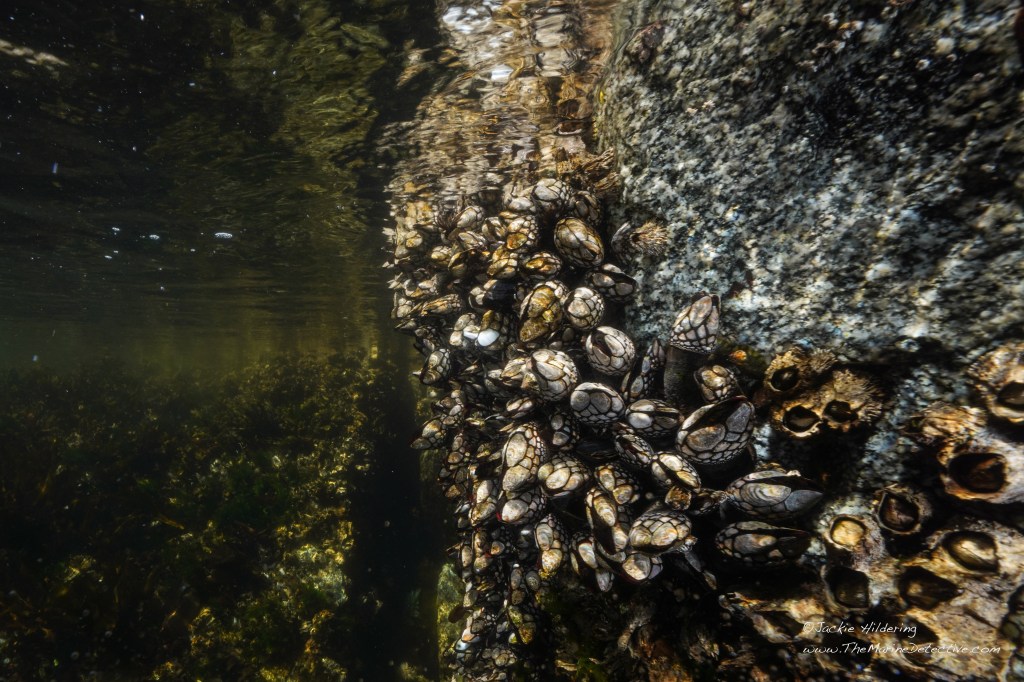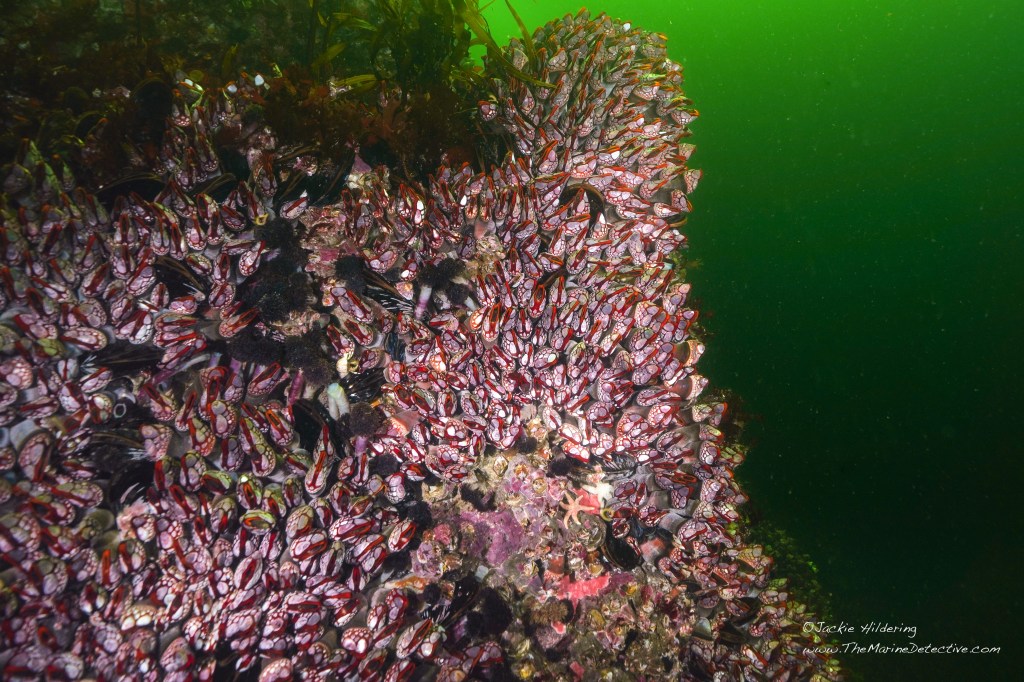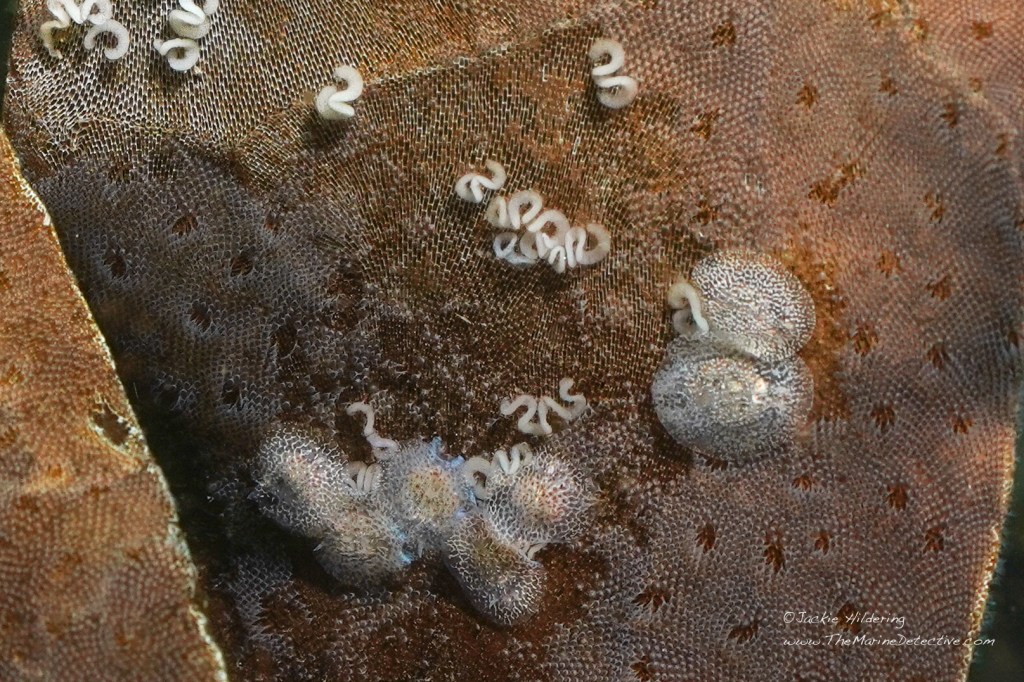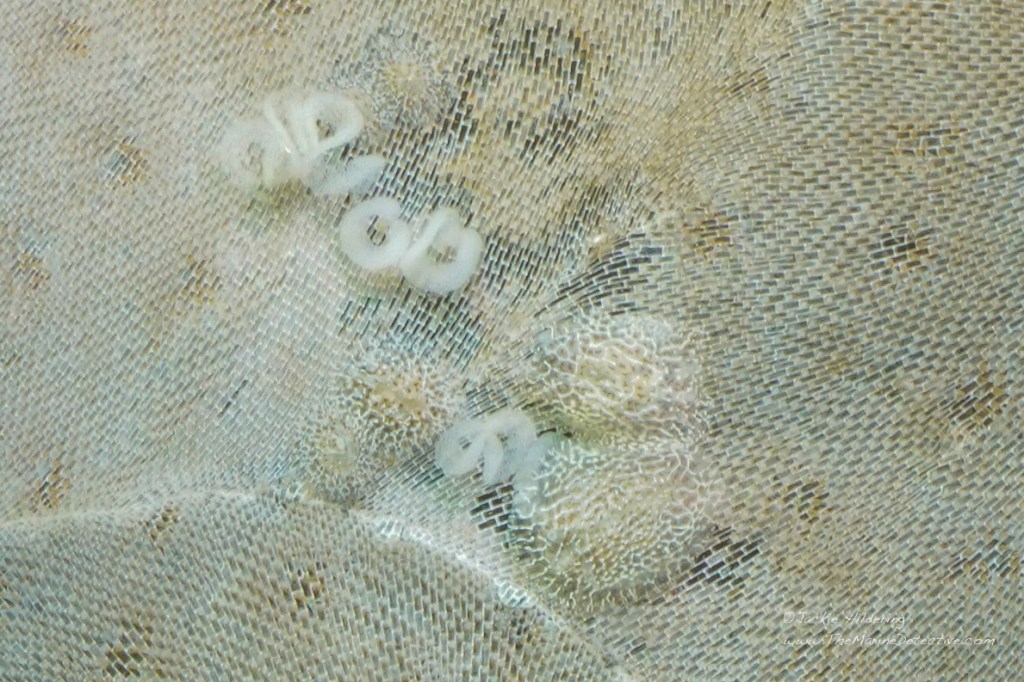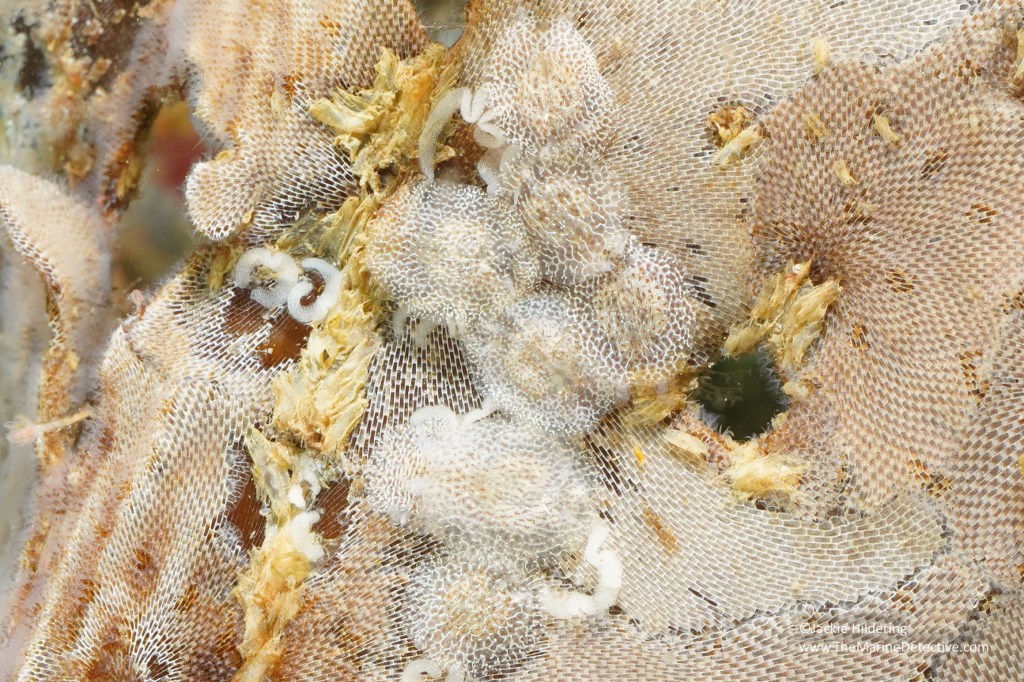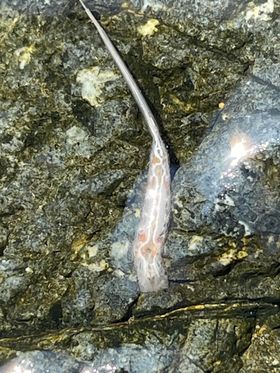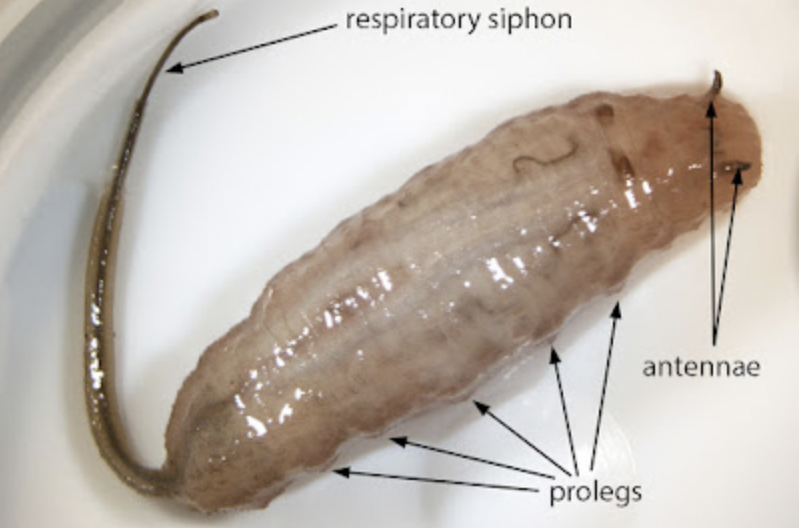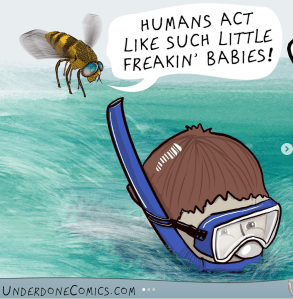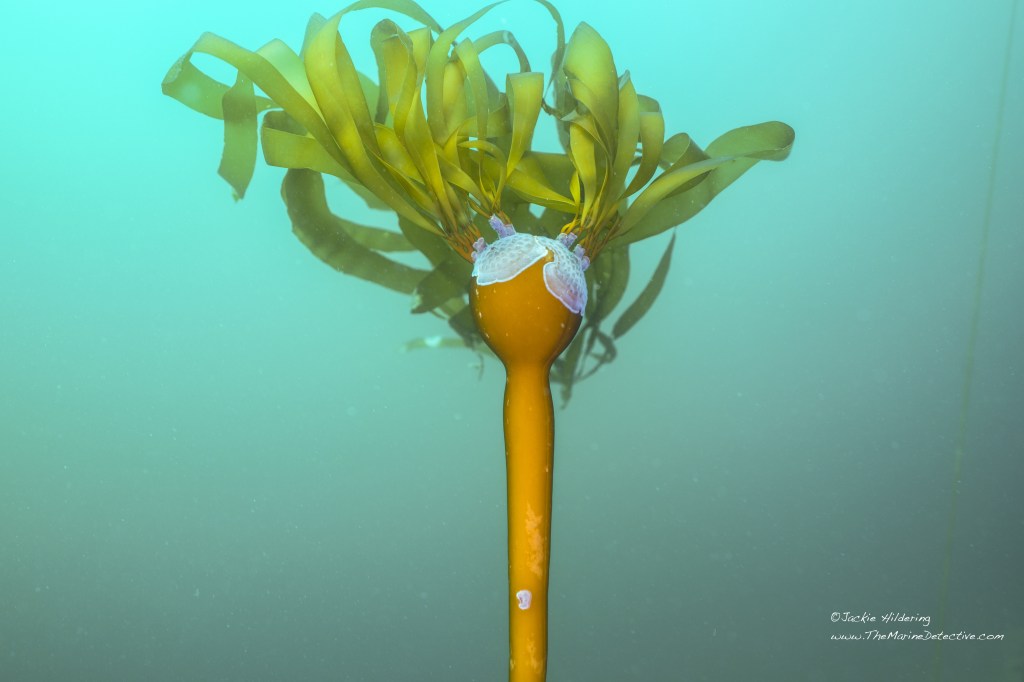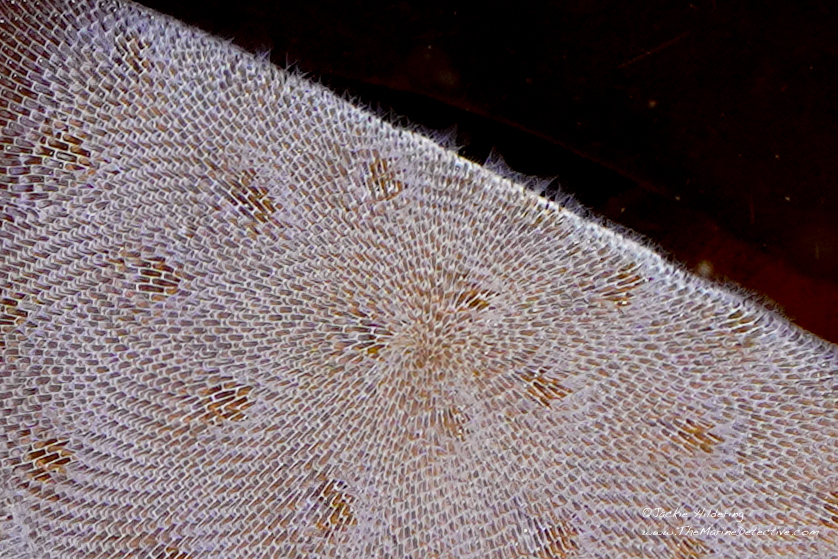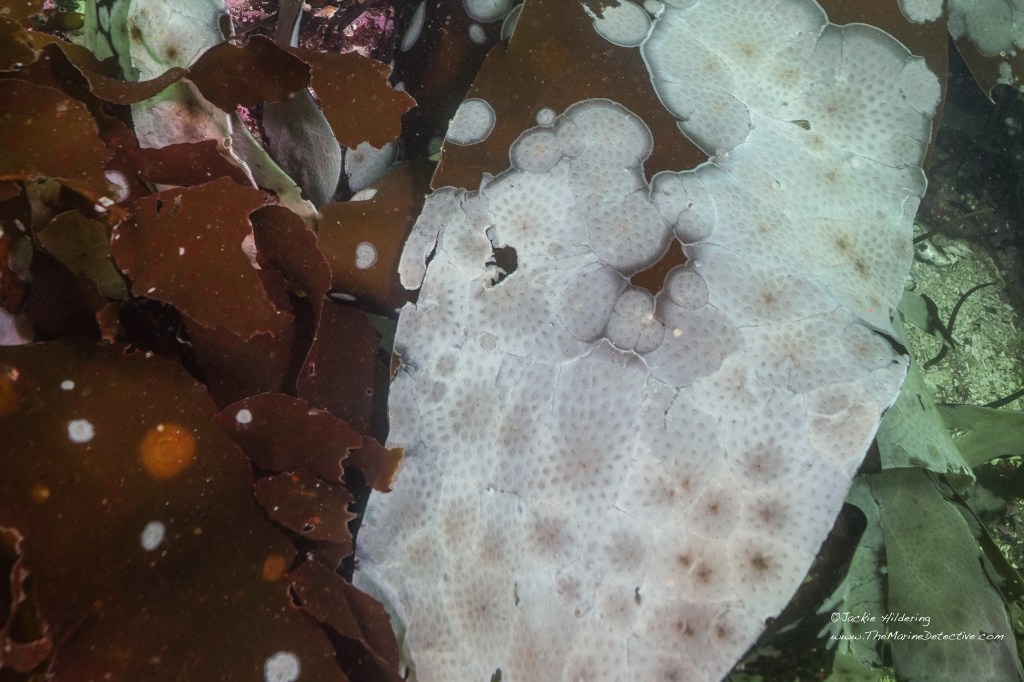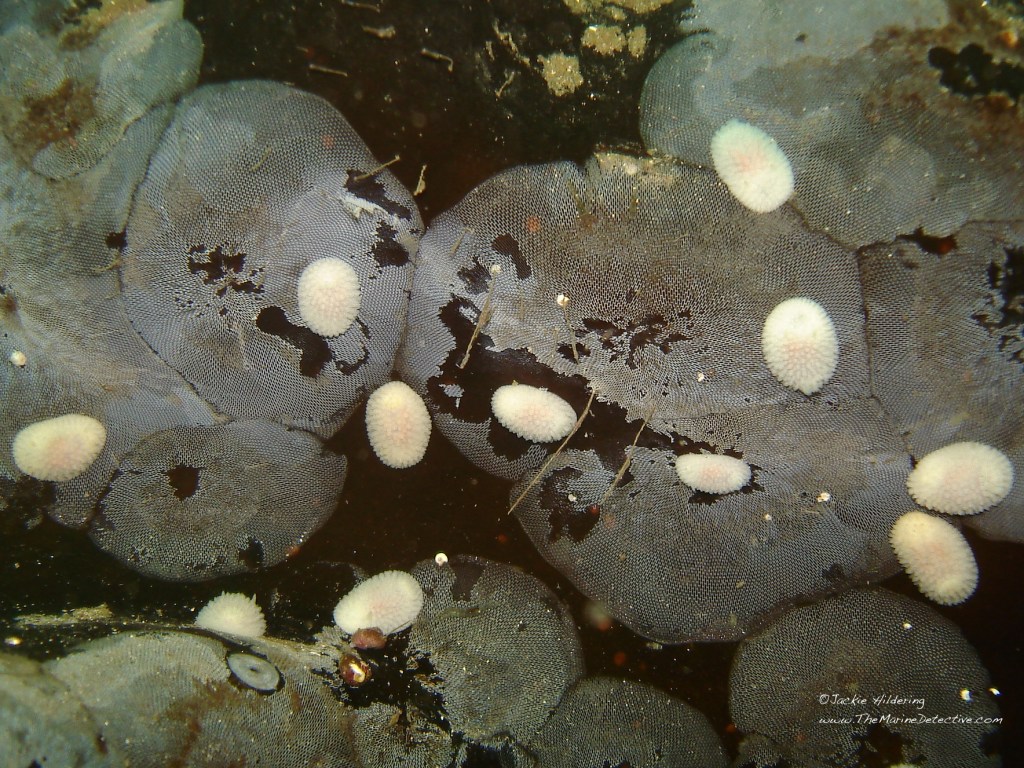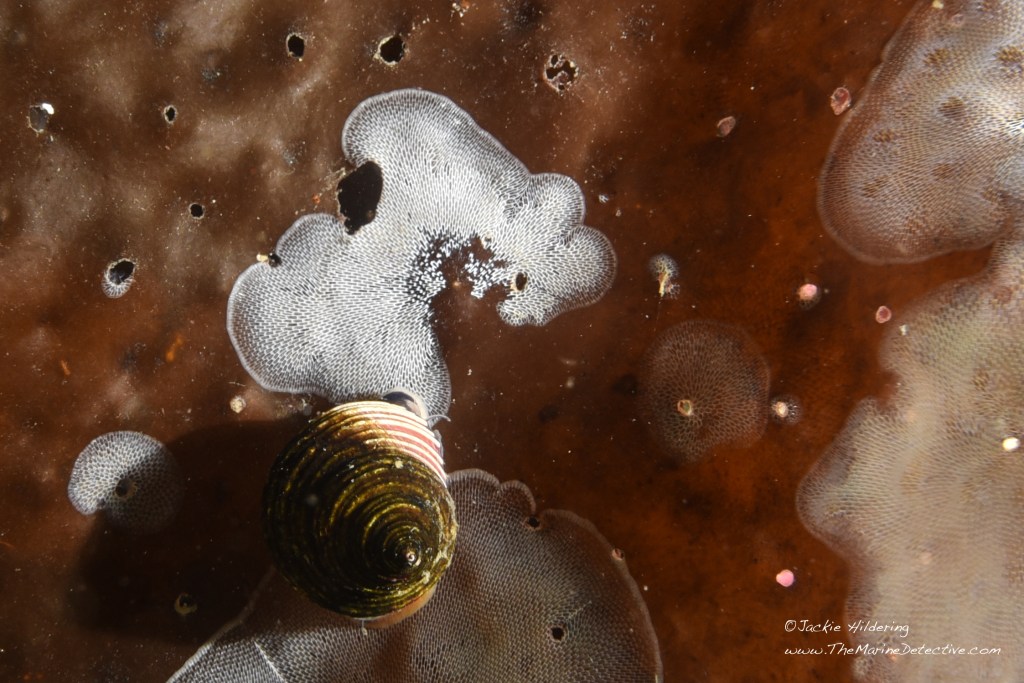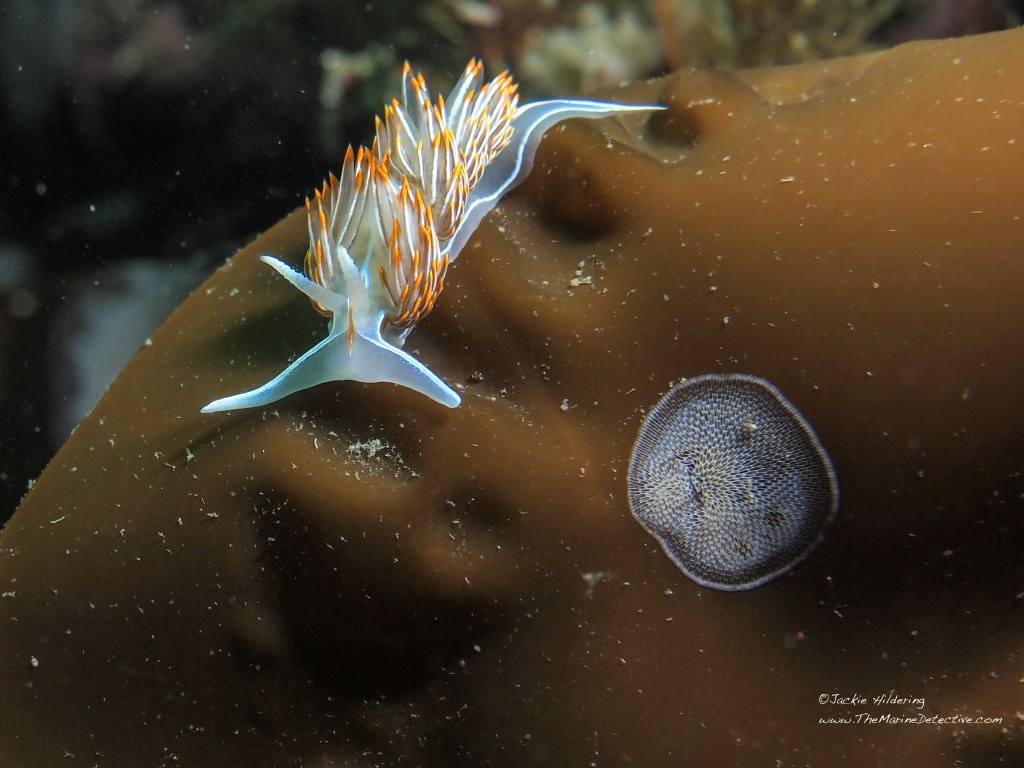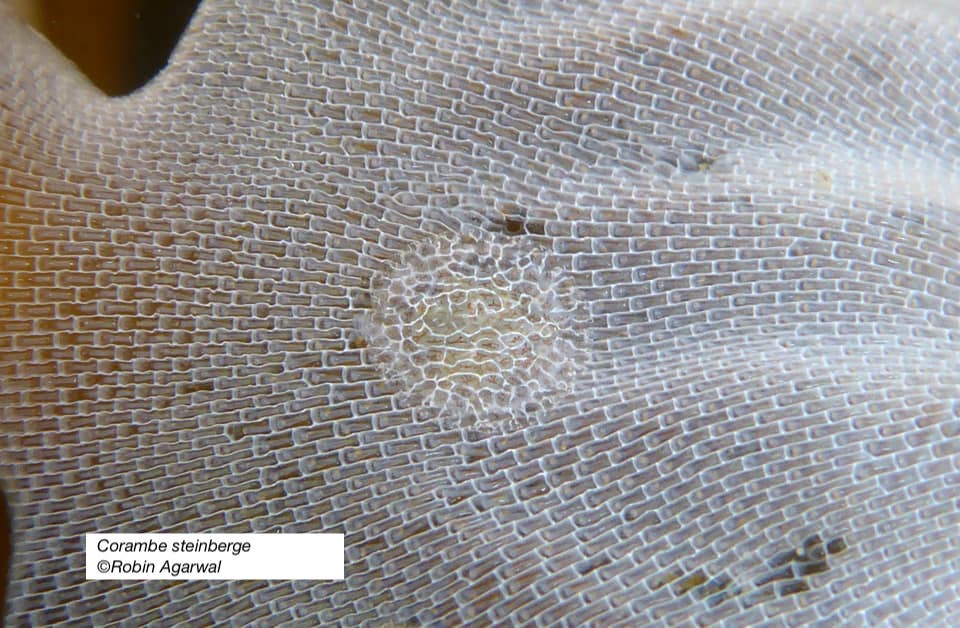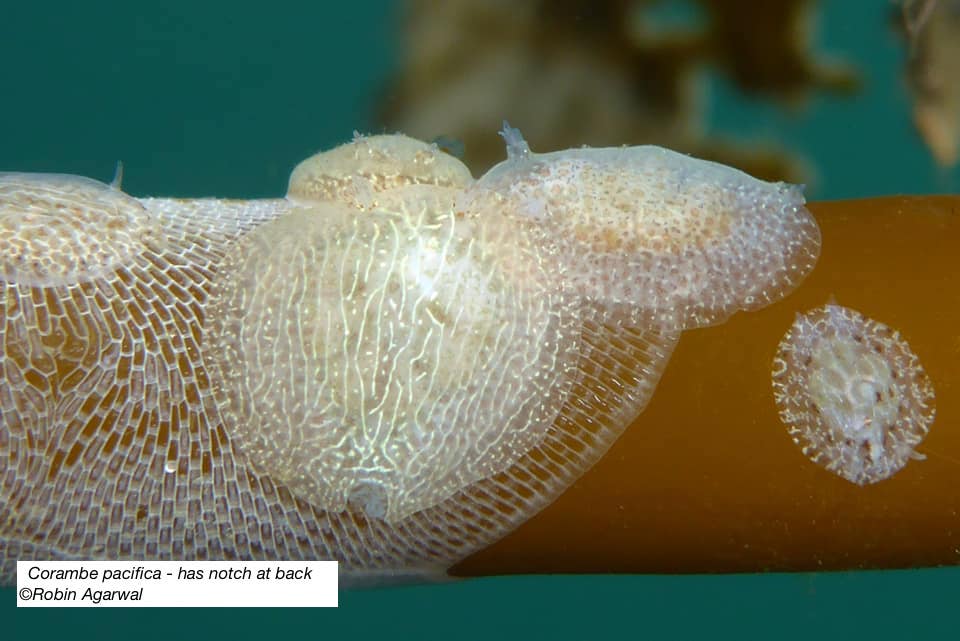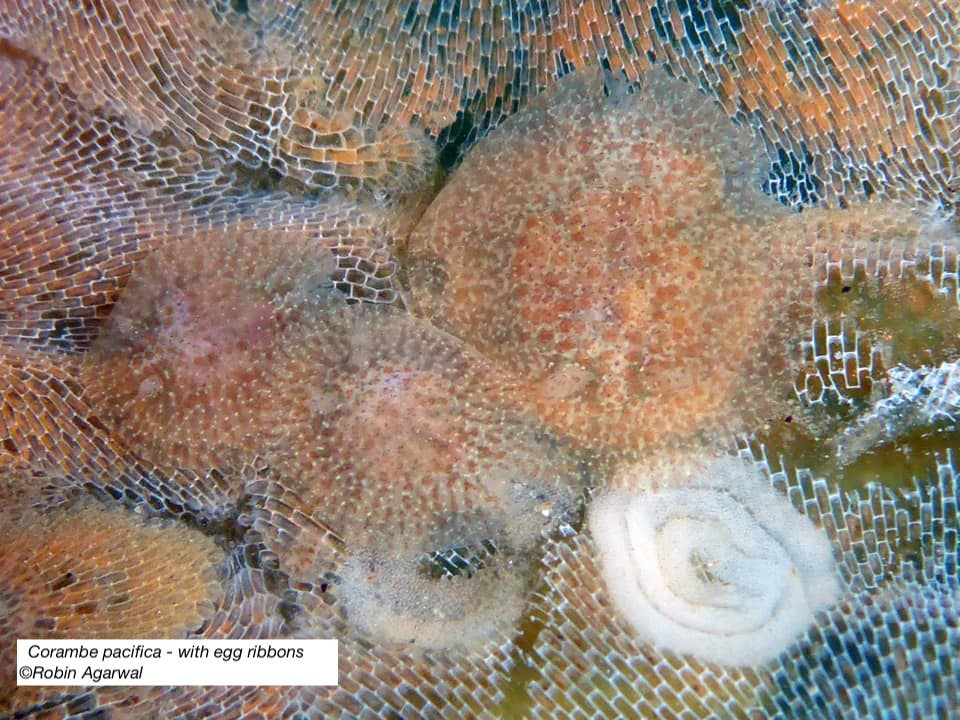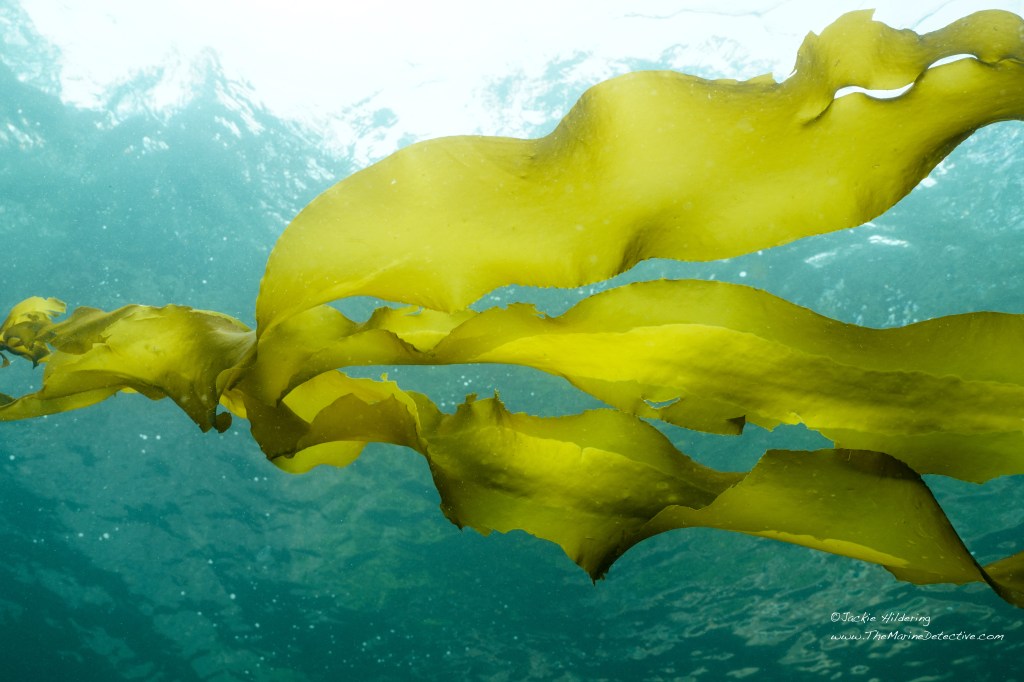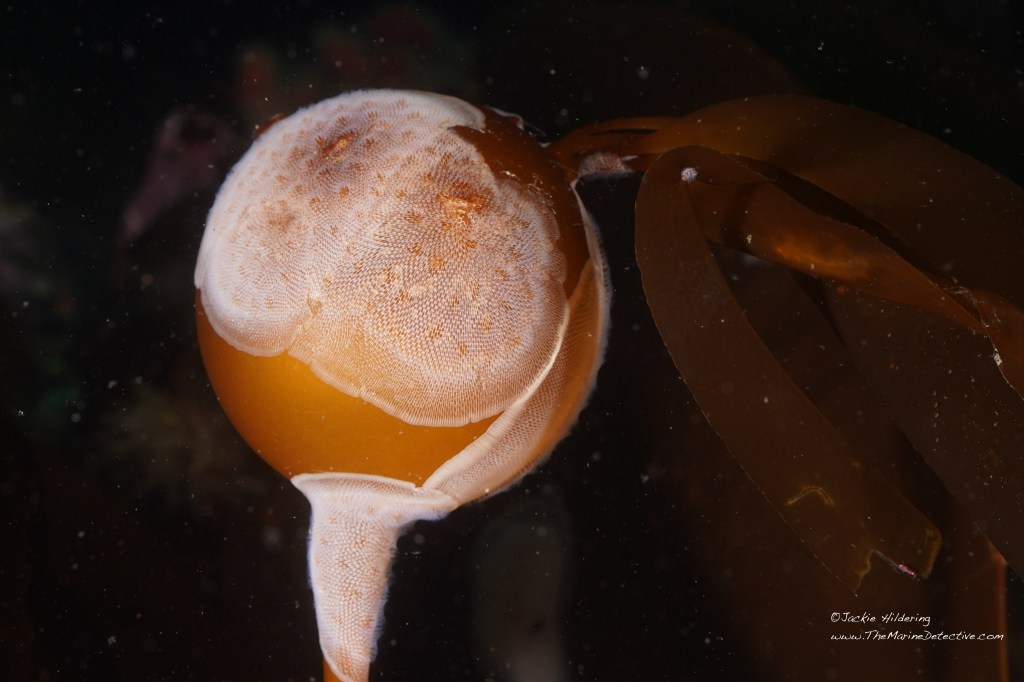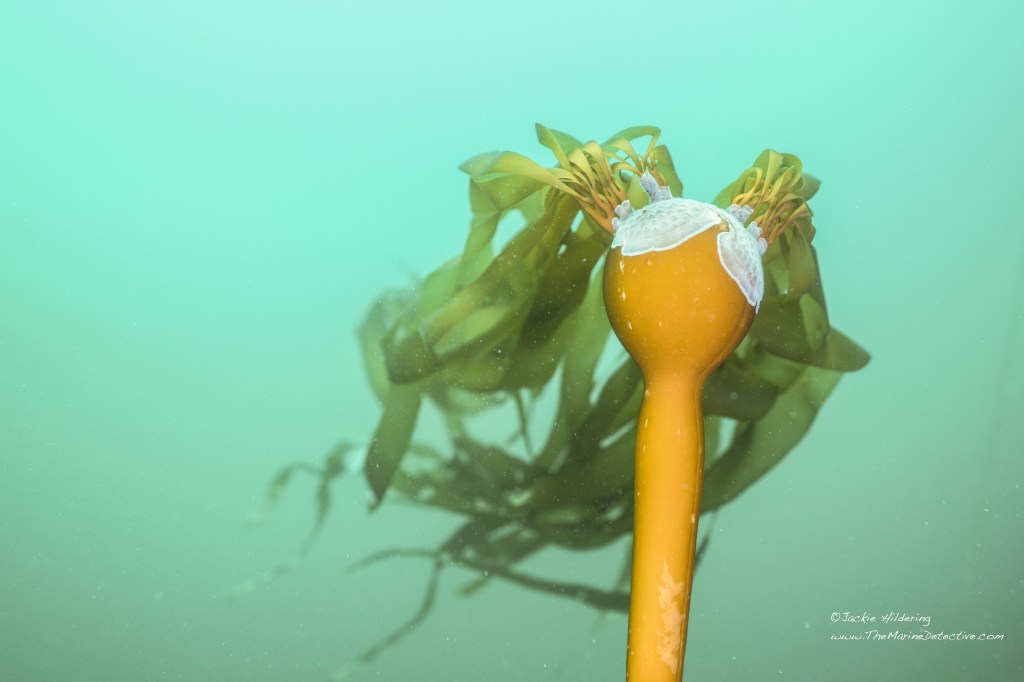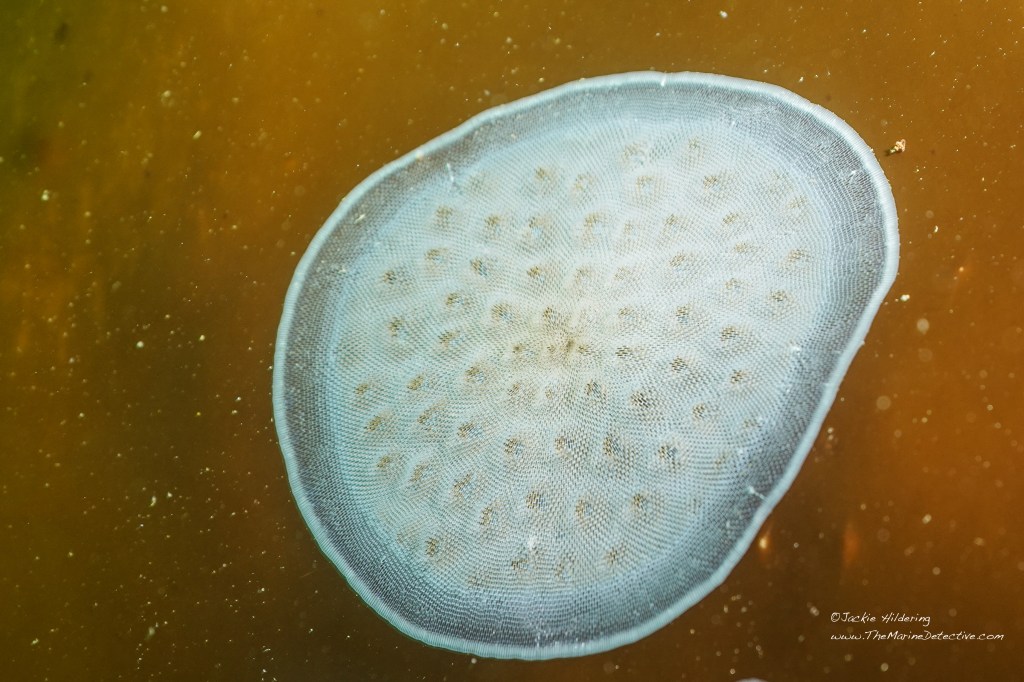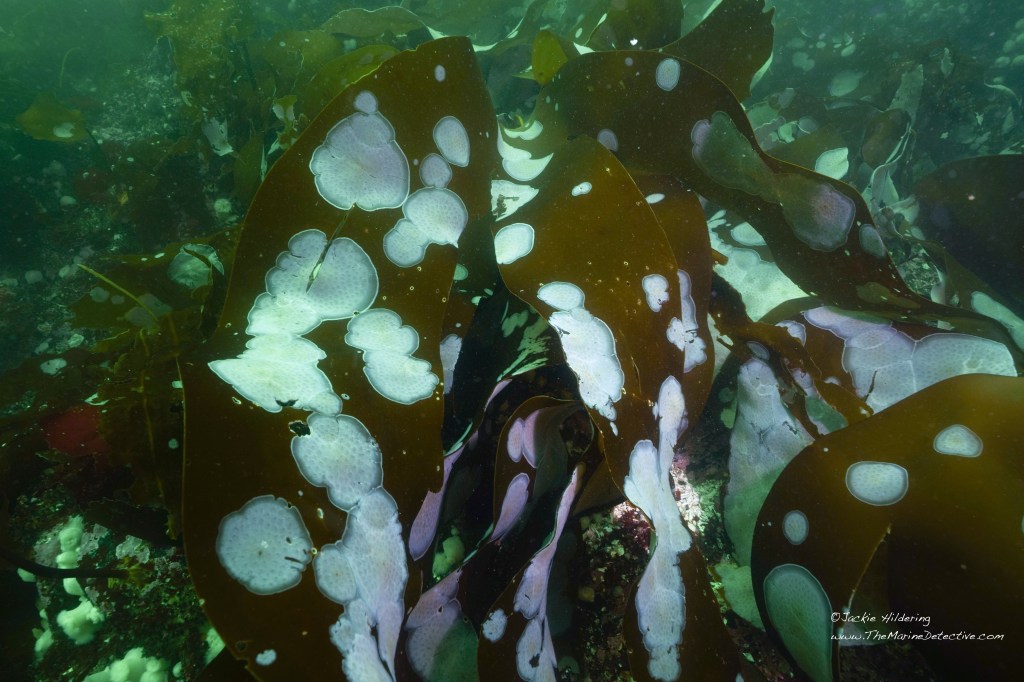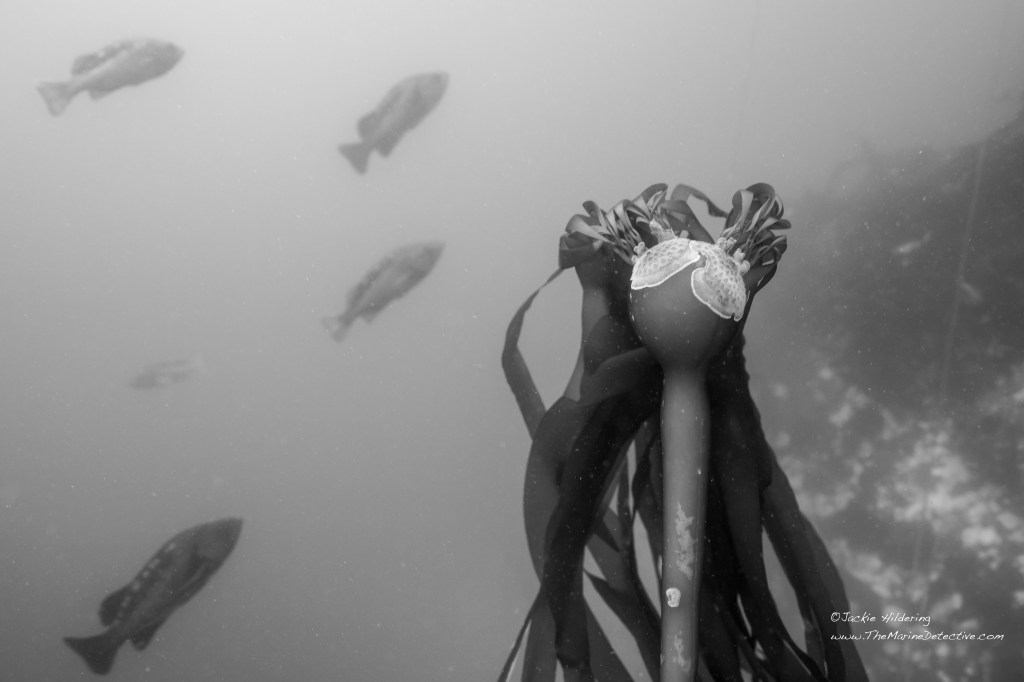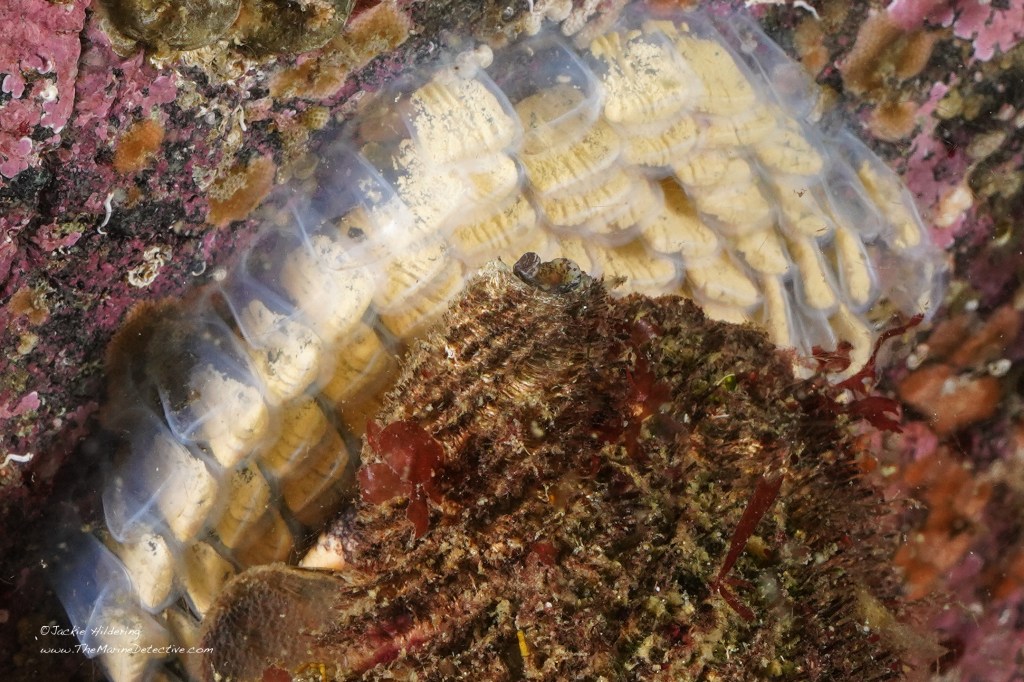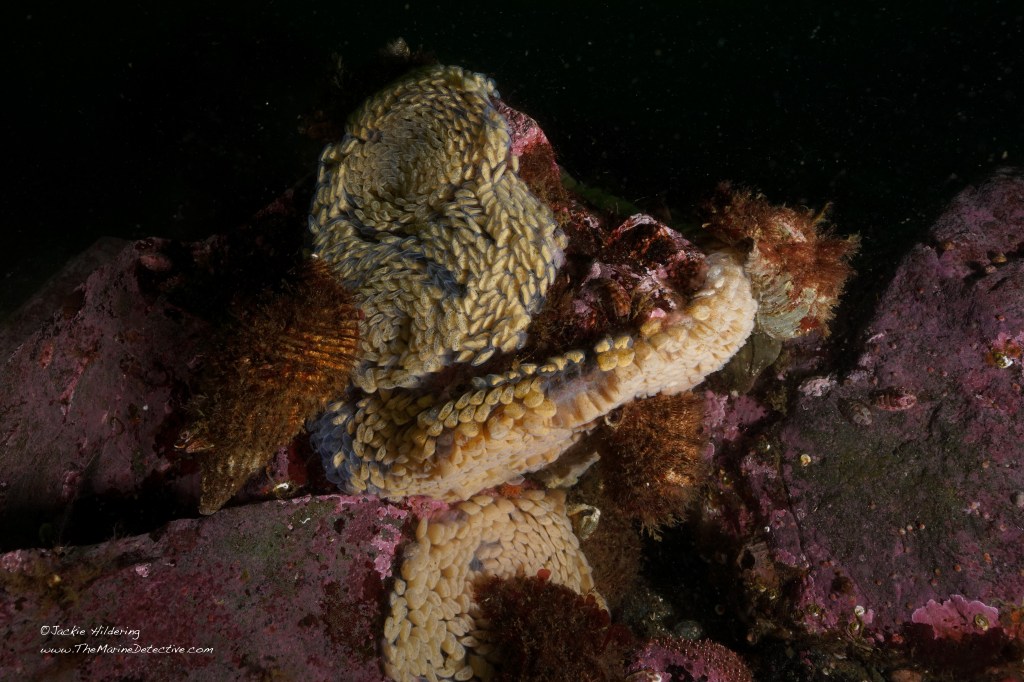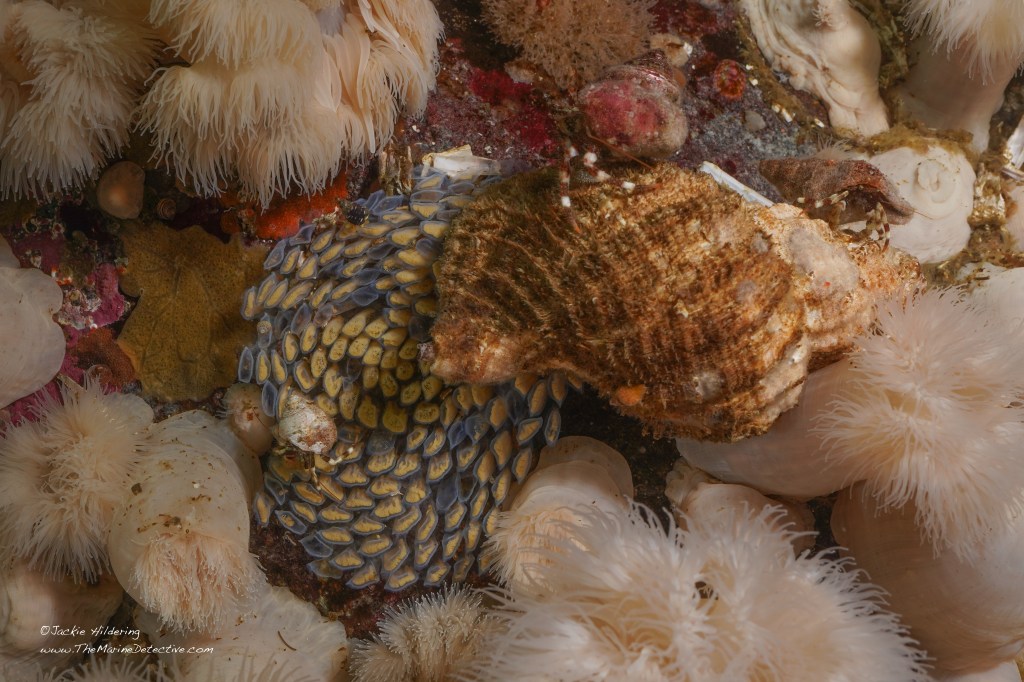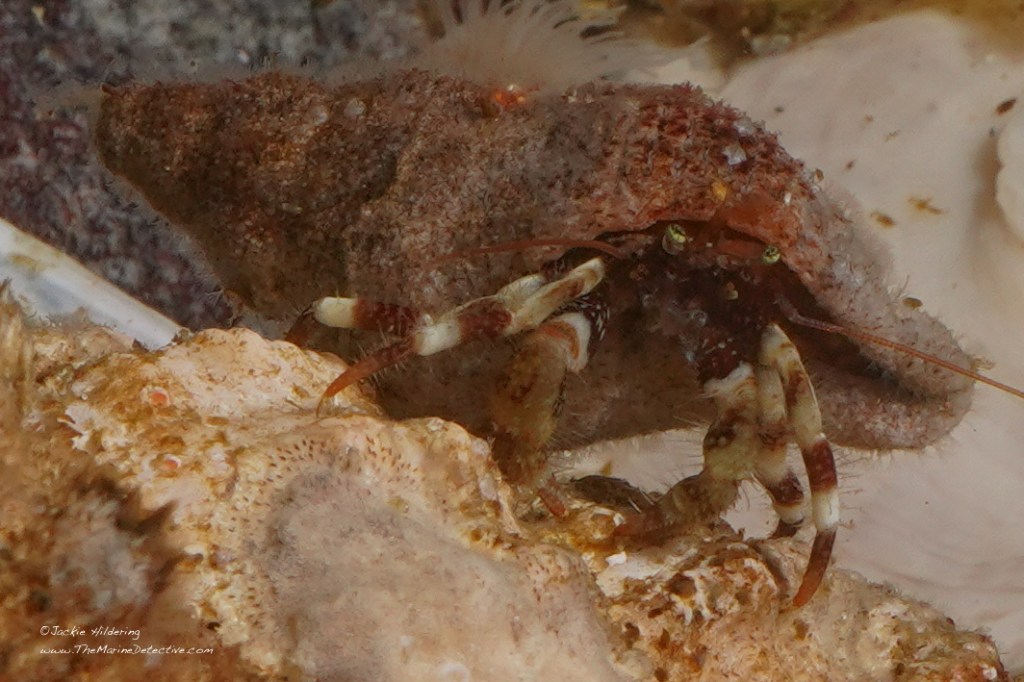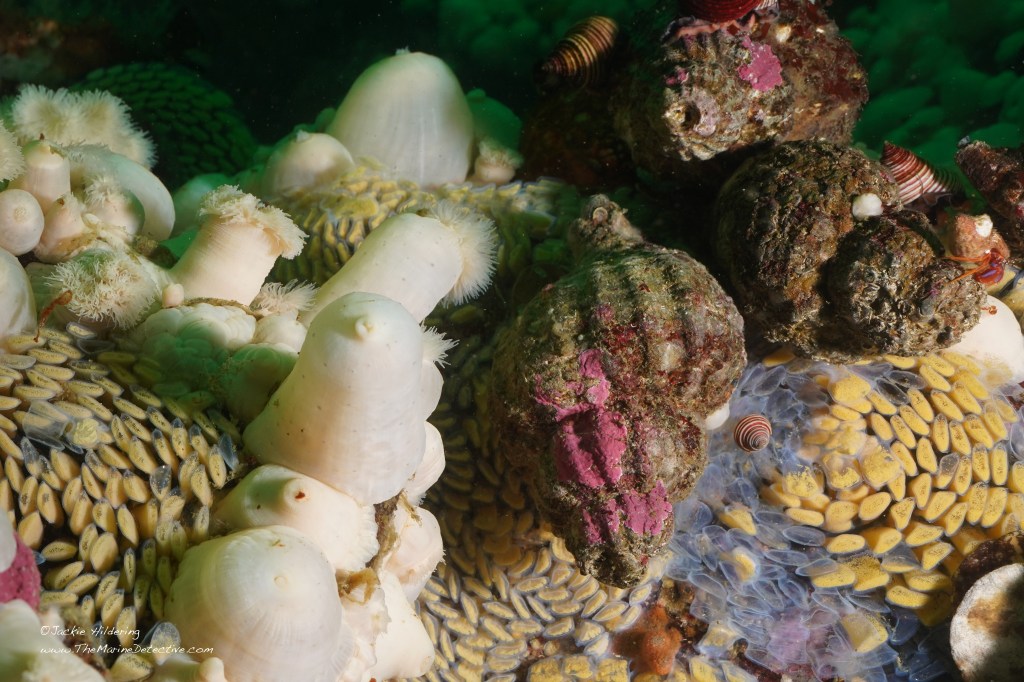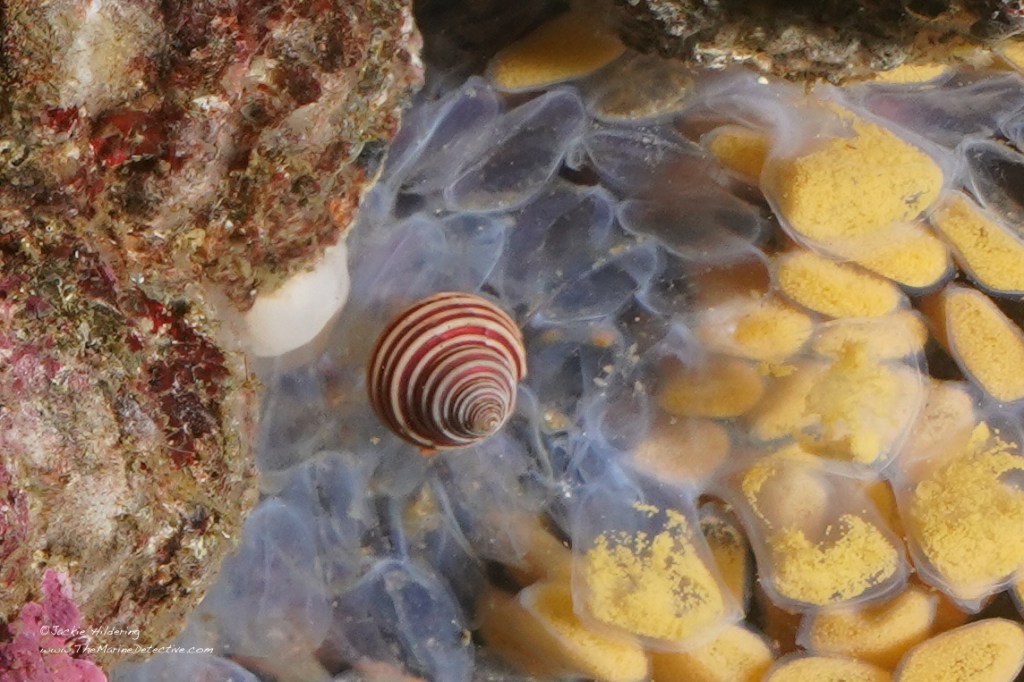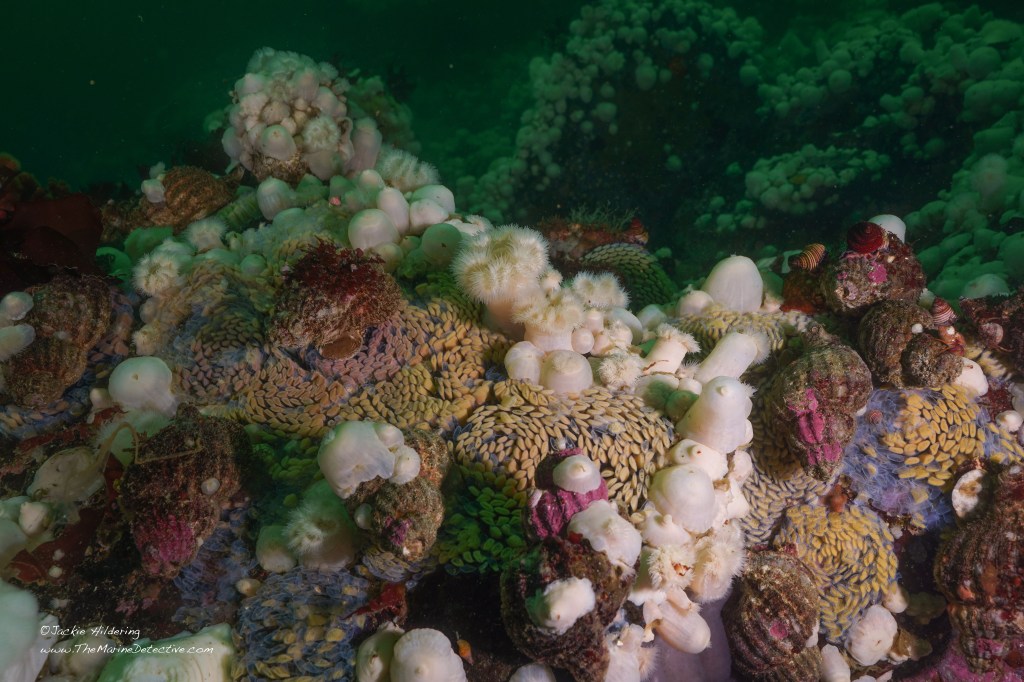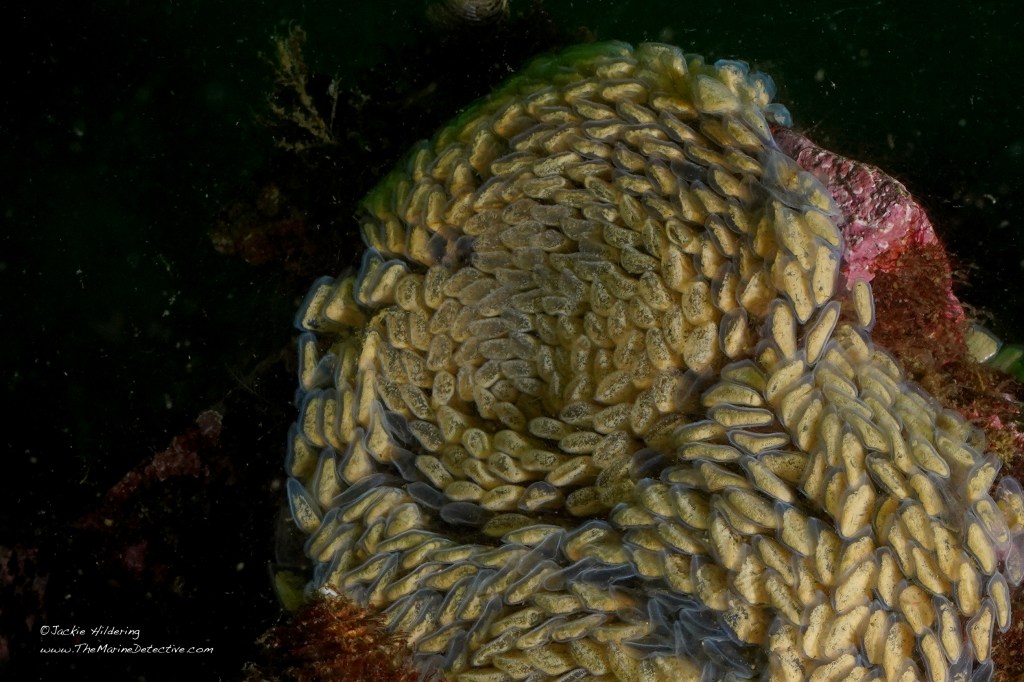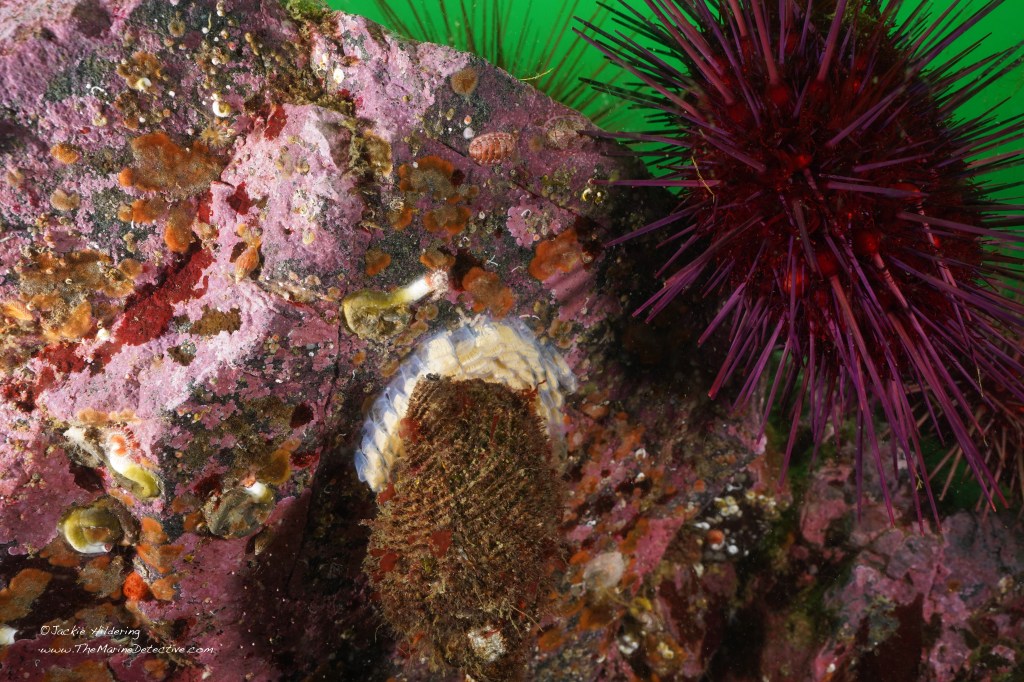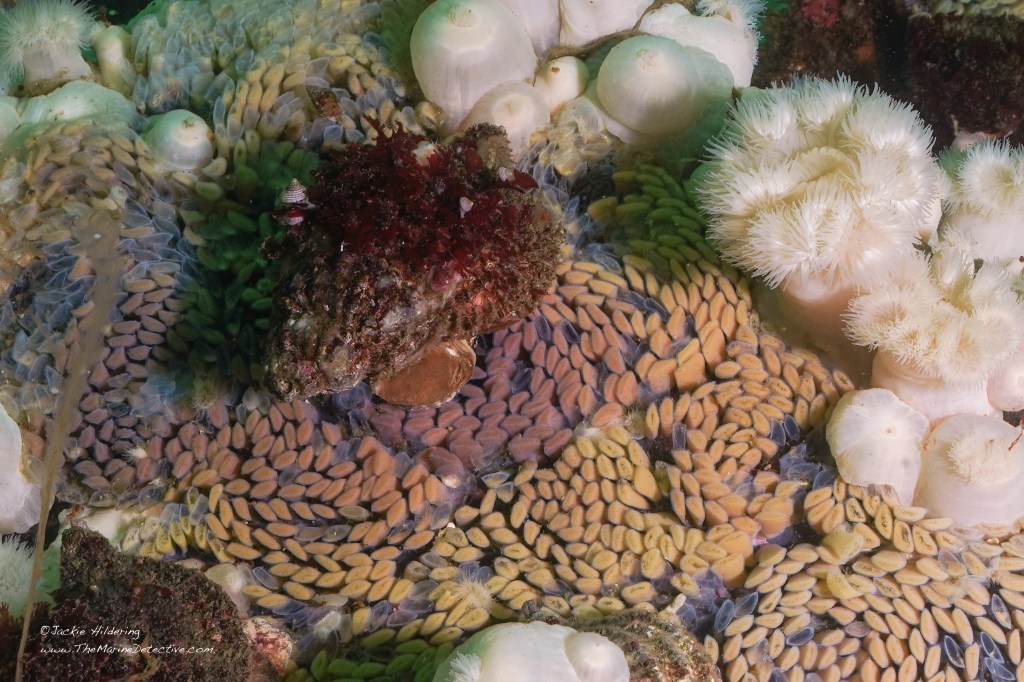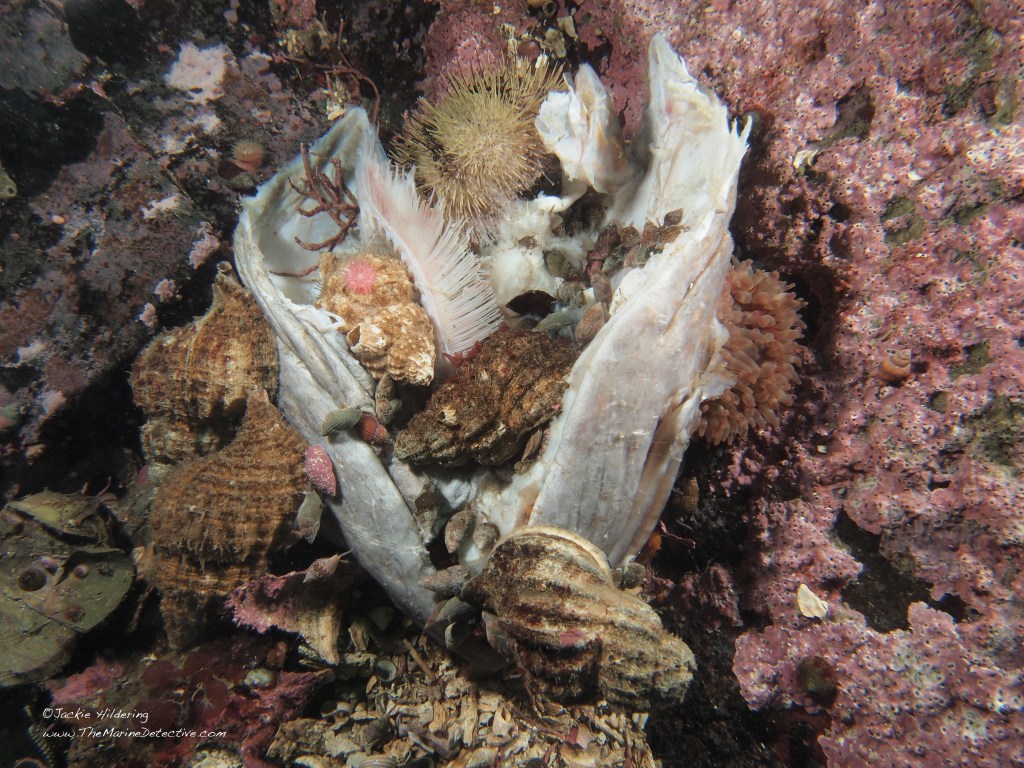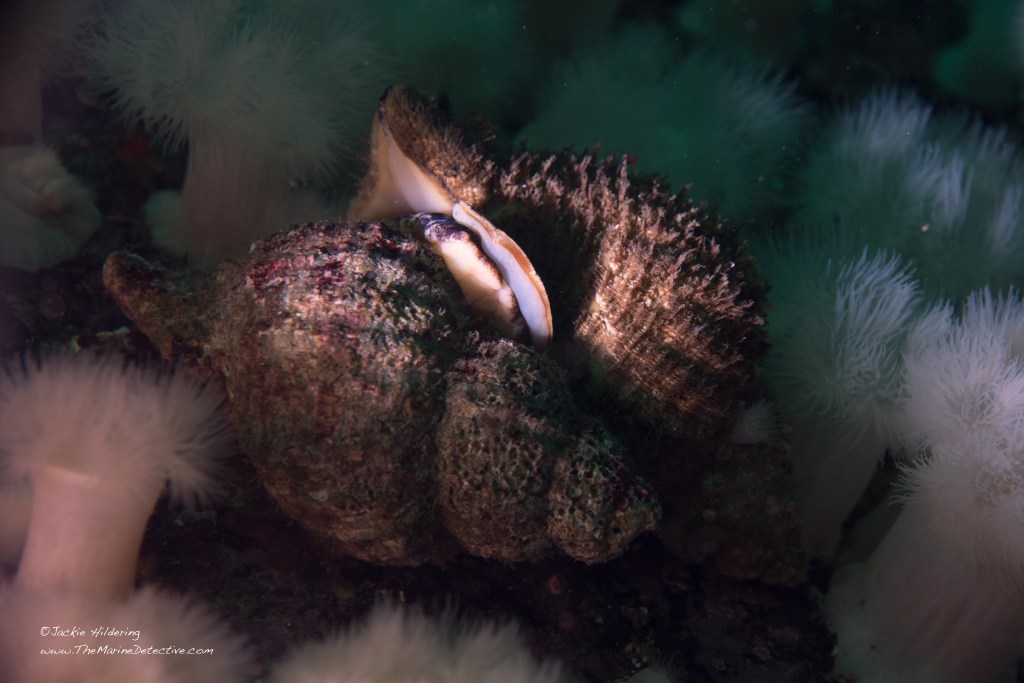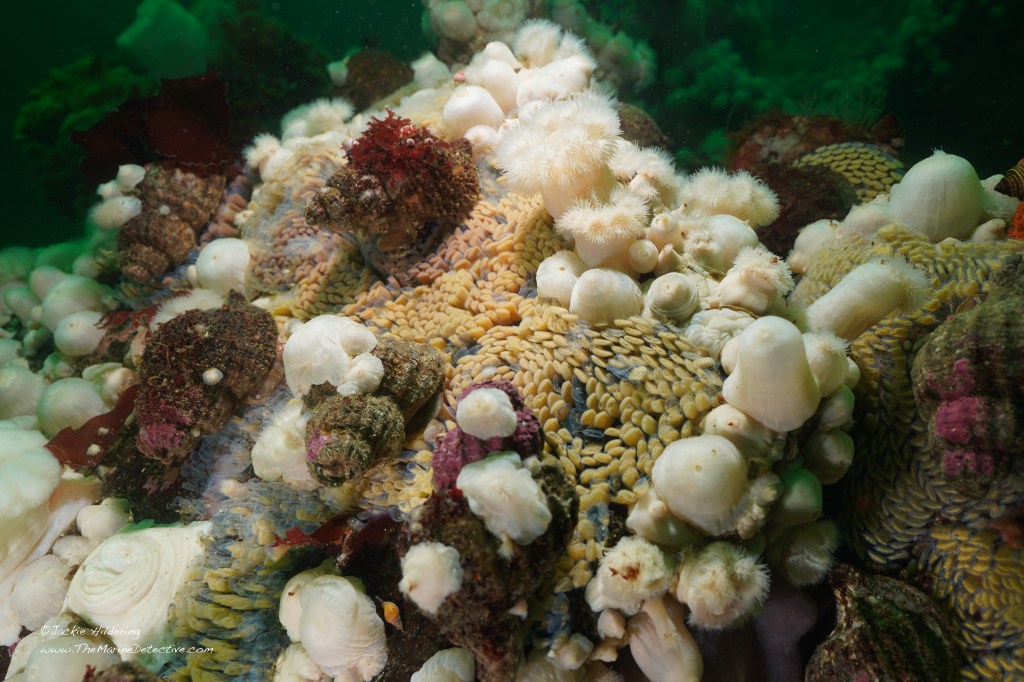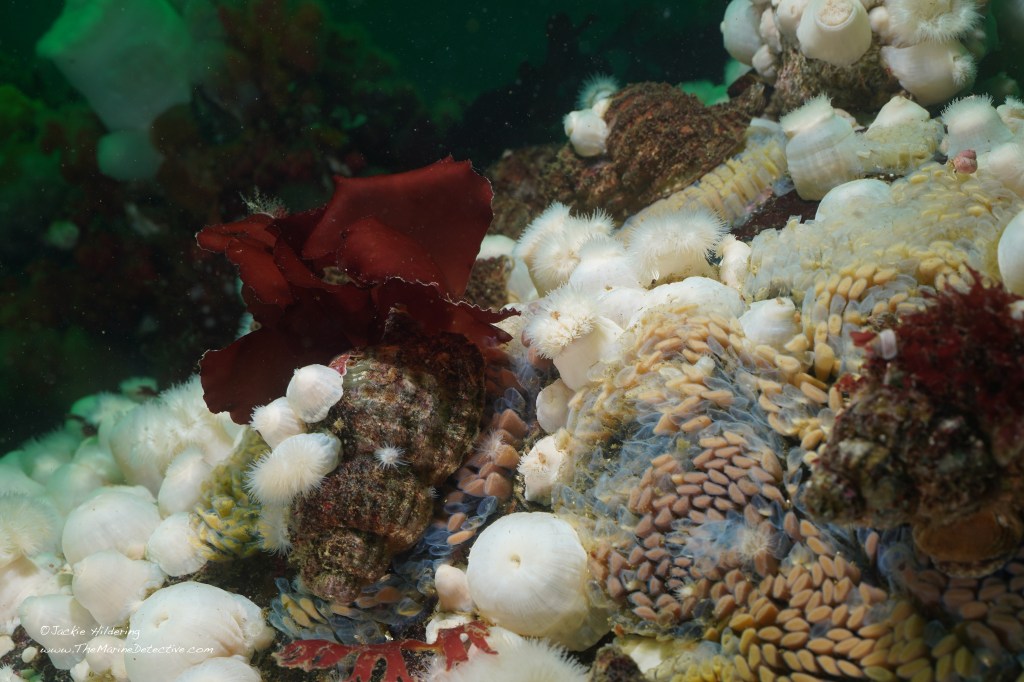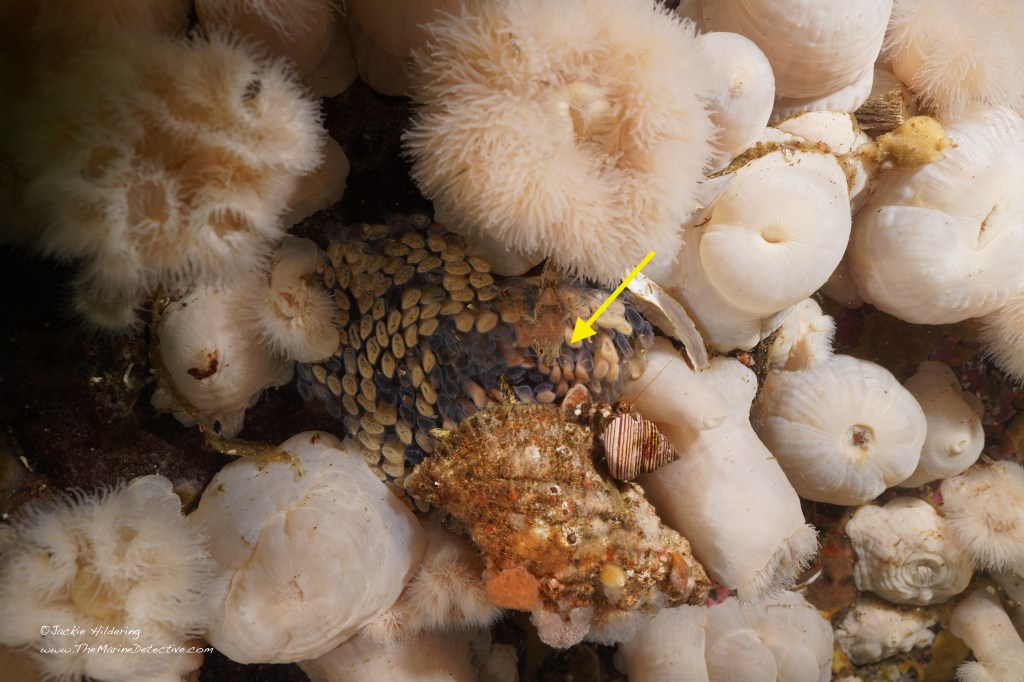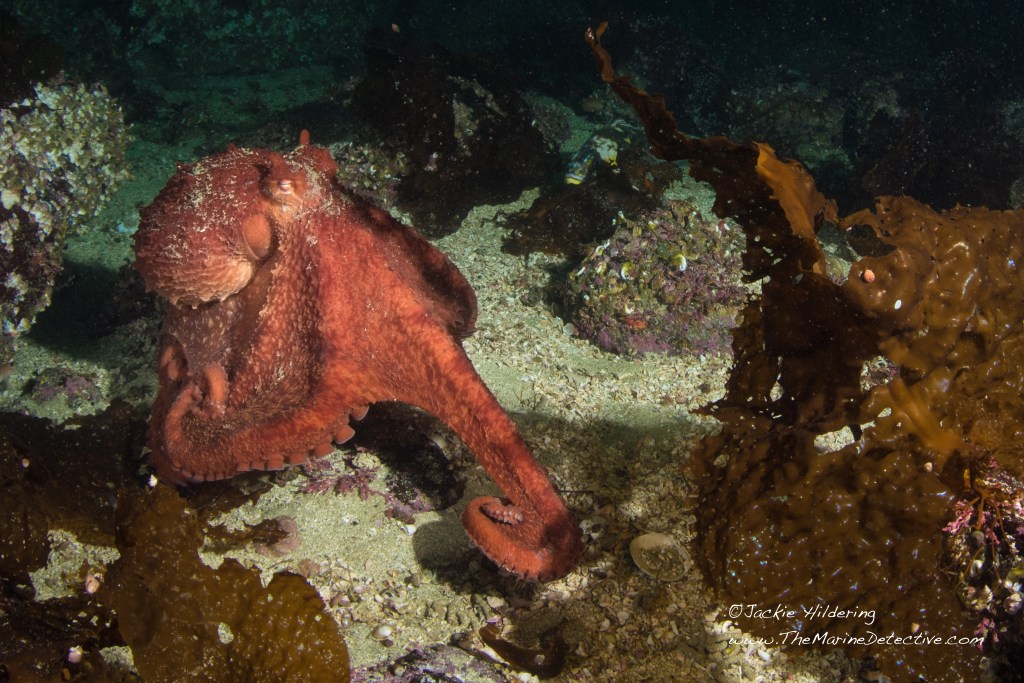Take a Stand for Giants – 15 minutes or less of your time
[To jump directly to providing your input into the public consultation survey, click here.
Below I provide background and my answers to the survey in case that is helpful to you.]
The first Fin Whale I ever saw was killed by a large vessel.
Please don’t stop reading.
There’s urgency about what will happen with the protection of Fin Whales in British Columbian waters. And, there is something Canadians can do to take a stand that takes very little time.
Right now, it is being put forward that the protection of Fin Whales be REDUCED under Canada’s Species at Risk Act. This is being considered when so little is known about them and their threats are increasing.
– We whaled them up to 55 years ago and it is not known how many there are now or if there is more than one population.
– It is known that their threats are increasing. Fin Whales are particularly vulnerable to being hit by boats. They feed where there will be increased large vessel traffic, including LNG tankers. This will also increase disturbance from noise. Further, the changing climate will impact their prey. There has also already been an “Unusual Mortality Event” where is it is believed that warmer water led to more toxins being in the whales’ prey (domoic acid from Red Tide Algae).
The process determining if the protection of Fin Whales will be reduced in Canada or not involves an opportunity for public comment. This is not a petition. It is using YOUR voice to be part of the federal process that will determine the fate of Fin Whales. The deadline for comment is December 2nd, 2022. It is a short survey.
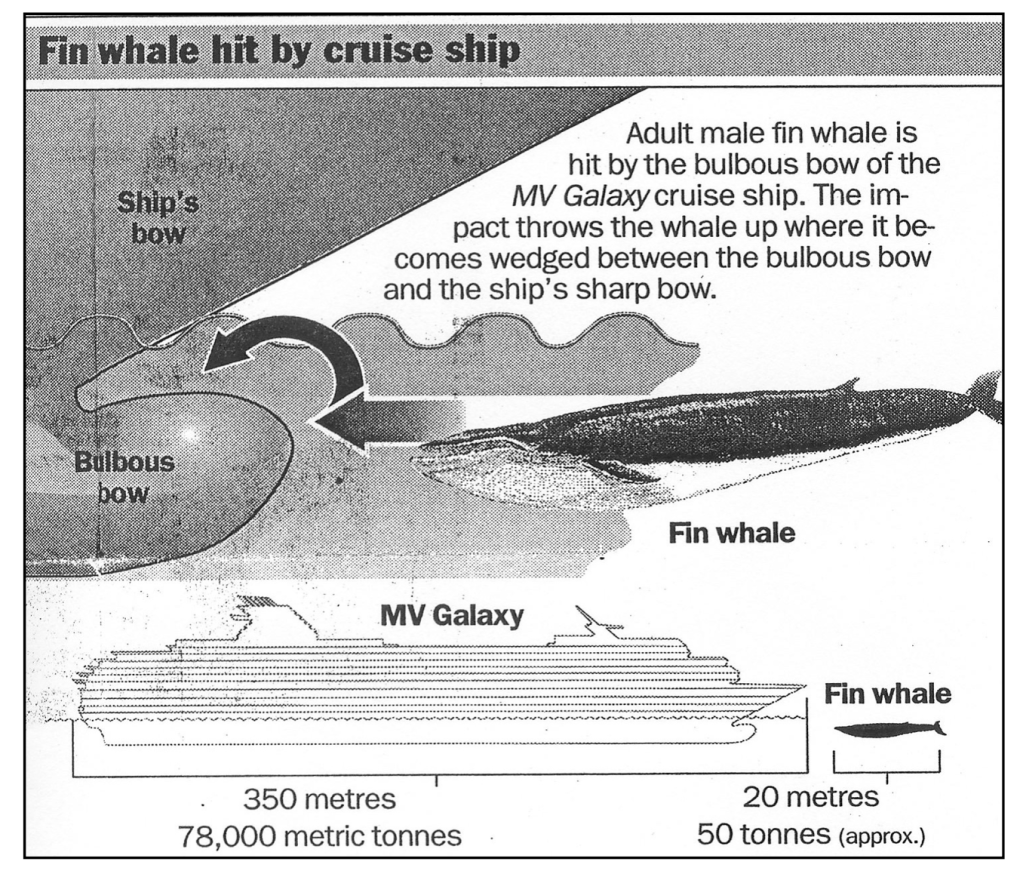
I share the above graphic showing the fate of that first Fin Whale I saw because I think it helps make clear how the second biggest animal in the world can be so vulnerable. Nature versus human technology, efficiency, ingenuity and, disconnect.
The reality of that first Fin Whale I ever saw is known because he got hooked up on the bulbous bow of the cruise ship after being hit. Apparently, no one on the vessel felt the impact. The fate of the whale was only known when the cruise ship came into the harbour in Vancouver.
It must have been the same Fin Whale we saw that day near Telegraph Cove because Fin Whales are such a rarity on the inside of Vancouver Island. We first saw the Fin Whale, and then we saw the cruise ship. And yes, this is the Fin Whale whose skeleton with shattered vertebrae now hangs in the Whale Interpretive Centre in Telegraph Cove.
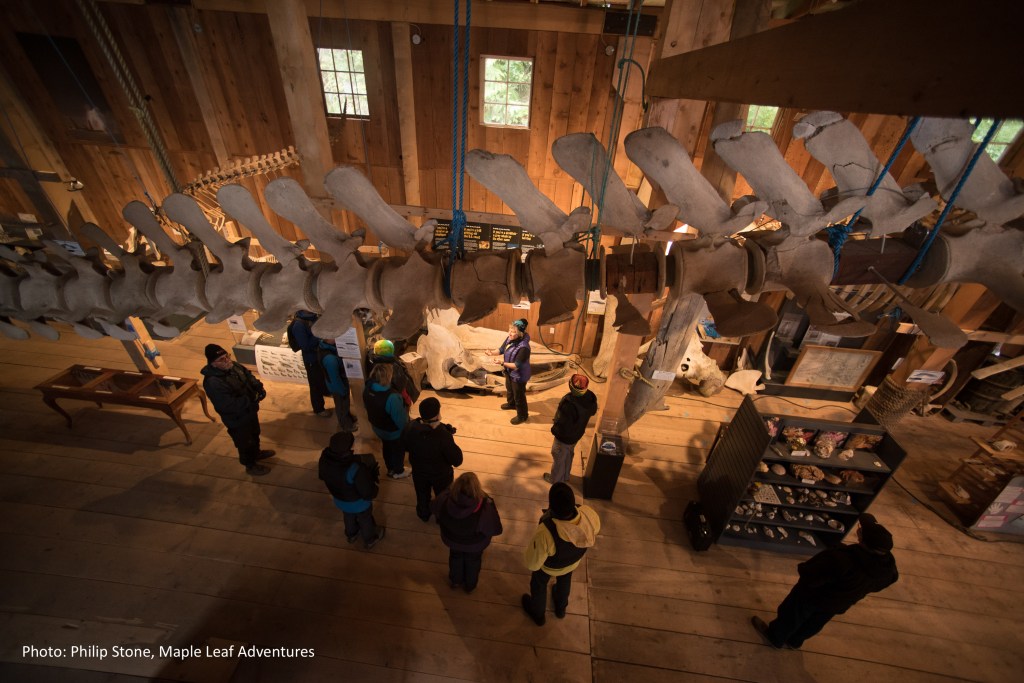
It’s so important to understand that the evolution (or creation) of toothed whales like Orca, required them to have biosonar / echolocation to detect their prey, etc. Baleen whales like Fin Whales and Humpback Whales do not have this biosonar. So often these giants are oblivious of boats, and many boaters are oblivious to how different these whales are.
You may never have seen a Fin Whale. In fact, the only one known to be in the Salish Sea this year was killed by a boat. I’ll spare you the photos of him but you can see more detail at this link.
Fin Whales are more often off the Central and North Coast, Haida Gwaii, or in BC’s vast offshore waters. In having the privilege of doing surveys in these areas, I’ve seen them, and the overlap with large vessel traffic.
If the protection of Fin Whales is reduced, one of the most dire consequences is that there will be no determination nor protection of their habitat needs. There will also be far less priority for research into how many there are and how to reduce threats.
So about that short survey to provide your input.
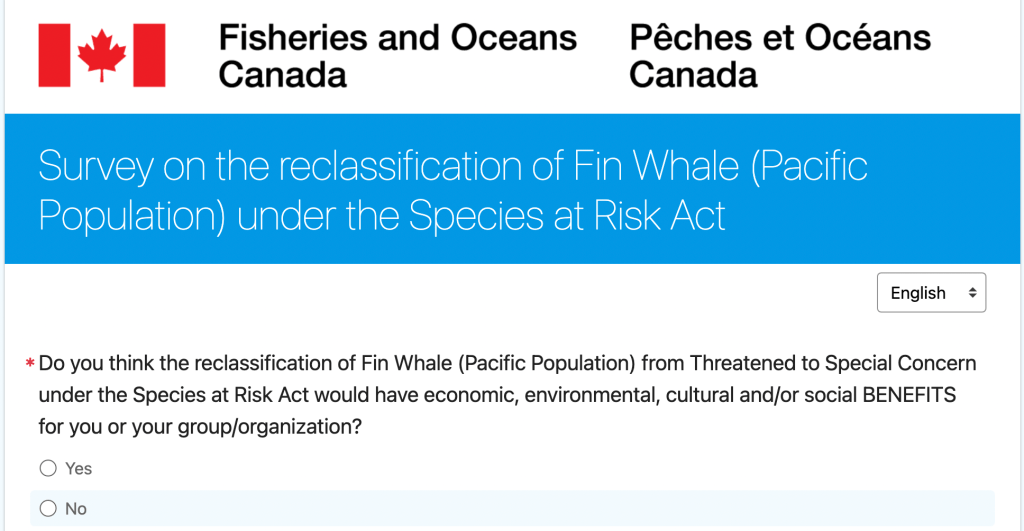
The questions in the survey are simple.
Below, I provide the three main questions and answers that may be of use to you.
For more detail, see this link for the media release we did as the Marine Education and Research Society and the North Coast Cetacean Society.
The survey for public consultation is at this link.
My answers are below.
You will note that the survey only allows for brief answers which is why I have pointed to our media release which provides detail about the concerns.
1. Do you think the reclassification of Fin Whale (Pacific Population) from Threatened to Special Concern under the Species at Risk Act would have economic, environmental, cultural and/or social BENEFITS for you or your group/organization?
No. There would be no benefits to reducing protection for a species for whom threats are increasing and for which too little is known to justify reducing protection.
2. Do you think the reclassification of Fin Whale (Pacific Population) from Threatened to Special Concern under the Species at Risk Act would have economic, environmental, cultural and/or social COSTS for you or your group/organization?
Yes. There are significant societal costs to choosing to reduce protection for a species for which not enough is known about their population while threats are known to be increasing. This includes that it is acknowledged how vulnerable Fin Whales are to being hit by boats; that it is not known how many there are; and that it is certain that there will be increased vessel traffic and that increasing temperatures can impact their prey.
3. Should the Government of Canada reclassify the Fin Whale (Pacific Population) from Threatened to Special Concern under the Species at Risk Act?
No.
It is the antithesis of precaution to reduce the protection of Fin Whales when there is so much that is not known about their population and when threats are increasing due to climate change, noise, and risk of collision.
As above, the limits on the length of answers in this survey (at only 500 characters for this question), did not allow for the appropriate opportunity to provide feedback. Therefore, reference this link for my concerns https://mersociety.wordpress.com/2022/11/03/protection-should-not-be-reduced-for-fin-whales.
4. Please provide any other comments about this reclassification consultation that you would like us to consider.
As above, it is not sufficient that the limits on the number of characters/words in this survey (at only ~500 characters / 80 words), did not allow for the appropriate opportunity to provide feedback on concerns. Thereby see the following link for my concerns https://mersociety.wordpress.com/2022/11/03/protection-should-not-be-reduced-for-fin-whales.




 .
. 



